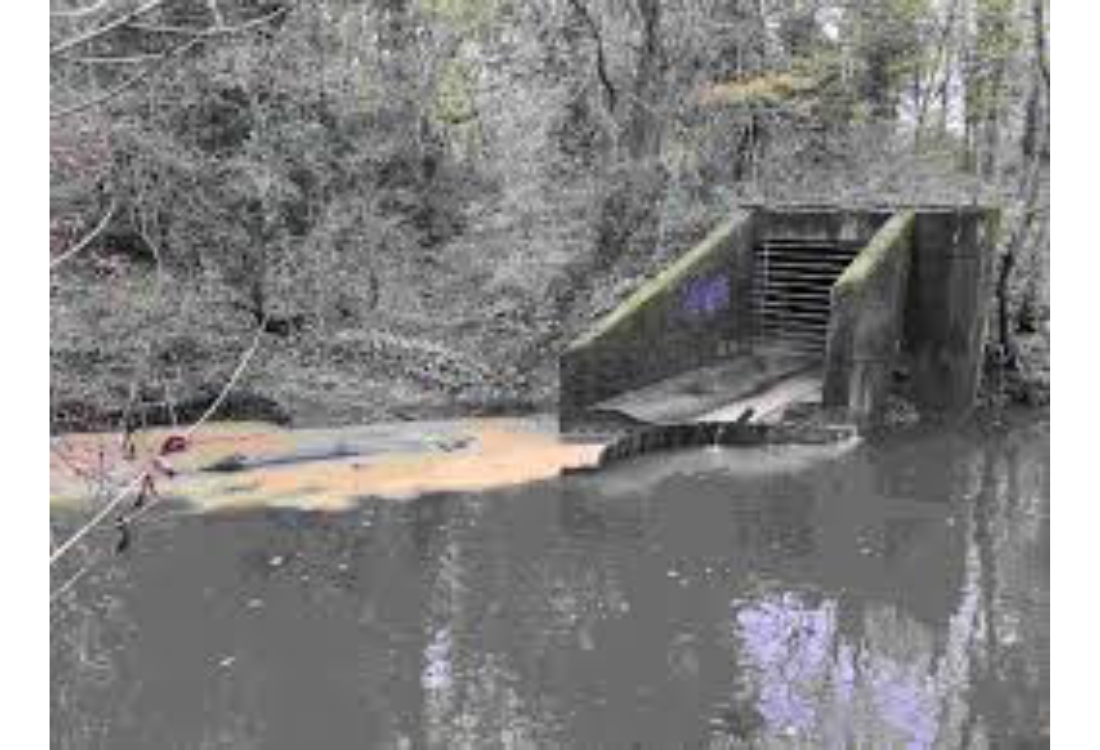What Is A Combined Sewer Overflow CSO?
Combined sewer overflow (CSO’s) systems are designed to reduce the load on the sewer network during periods of heavy rain and generally work very well. However, combined sewer overflows have been linked to untreated effluent discharge into UK watercourses such as lakes, rivers, and beaches, in some cases justified, however, others should have been prevented. Today, we explain the role of a combined sewer overflow and how water companies can take steps to reduce the risk of them causing social and environmental harm.
Combined Sewer Overflows Explained
What is a combined sewer overflow or CSO?
Essentially, a CSO is a sewer relief system that only activates during high levels and flows in the network as a result of significant rainfall. This not only prevents wastewater from surcharging the sewer, resulting in the backing up into properties and flooding drains, but reduces the risk of the Waste Water Treatment Works being overwhelmed, which may happen if the inflows weren’t limited. The excess (overflow from the CSO) is routed to the nearest watercourse, which may be rivers, streams, the sea and even the beach. This combined system is a result of design decisions made 19th century when the population was much less and flushing waste was so much less diverse it was also believed that diluting the raw sewage with storm water would further reduce any impact to the environment or public health. However, a combination of urban expansion and a big reduction of permeable land which would normally soak a lot of the storm water has added to the flows entering the combined sewer, resulting in the problem we face today.
The Environmental Impact of CSOs In The UK
How bad is the environmental impact of CSOs in the UK?
According to advocacy groups such as The Rivers Trust and even the Environment Agency, the issue is significant. In 2021, raw sewage was discharged into rivers and coastal waters around England a staggering 372,000 times through CSOs, for a combined total of 2.6 million hours. This sewage includes industrial chemicals, micro-plastics, mercury and other heavy metals, as well as faecal pathogens that include antibiotic-resistant bacteria. With 15,000 storm overflows currently active in England, the potential public risk and the danger to ecosystems from untreated sewage spills are very real, especially as climate change is predicted to make heavy rain and extreme weather events both more common and less predictable.
The good news is that CSOs are now being more closely monitored. The Environment Act 2021 required water companies to install monitors on all of their CSOs by the end of 2023, with the result that 89% of English CSOs were monitored by the close of 2021. By the end of this year (2025), there should be enough real-time data available from these monitoring systems to enable a strategic approach to identifying, forecasting, and reducing spillage events.
However, pollution remains a serious concern, with only 14% of English rivers achieving ‘good’ ecological status in 2022, following a review by the Environmental Audit Committee. Water companies accused of pollution may face stricter penalties or tighter discharge permits as part of a government crackdown on environmental non-compliance and pollution.
Government Intervention
There is a growing movement among water companies, environmental campaigners, charities, local government bodies and other stakeholders to improve the condition of UK waterways and coastal areas. A promising start was made at the Tackling the Crisis in UK Water Quality Symposium in March 2025, organised by the Public Policy Exchange. The symposium was a good example of the way the stakeholders could meet to exchange best practices on reducing sewage events and to compare different water management models for improving the quality of waterways and public safety.
The central government seems to be listening, too, with an “Independent Commission Into The Future Of The Water Sector” set to report back with recommendations in June 2025, with one of the options being the reform or abolition of the UK’s main water regulator, Ofwat.
Solutions And Innovations
The Water Companies have a statutory duty to maintain the CSO to prevent waste litter leaving the sewer network and entering the environment and this will be a condition of their Consent to Discharge from a CSO. To prevent the sewage litter going out with the overflow, a screen (a type of filter) is installed to ‘strain’ the effluent and withhold solids (in the UK normally 6mm in two dimensions). However, after a while, the screen gets blocked and the sewage level rises, passing over a weir that doesn’t have a screen fitted, which results in the sewage spilling out and polluting the watercourses, rivers and coastal areas.
One recent innovation helps reduce blockages of the CSO screen by using a 300-year-old scientific principle, the Venturi effect. Norag TM is a device which utilises Venturi’s principle and pulls the litter off the screen, keeping it clearer for longer. This incredible invention has already been tested and proved extremely effective at a number of Water Companies CSO sites.
What Next?
Take steps today to improve your combined sewer overflow systems and mitigate the risk of sewage pollution within your water network. For more information about our innovative solutions, please call us today on 01792 949586 or send us a message at sales@samatrix.co.uk.
To learn more about Norag and get a better understanding of how it works, visit www.norag.co.uk



